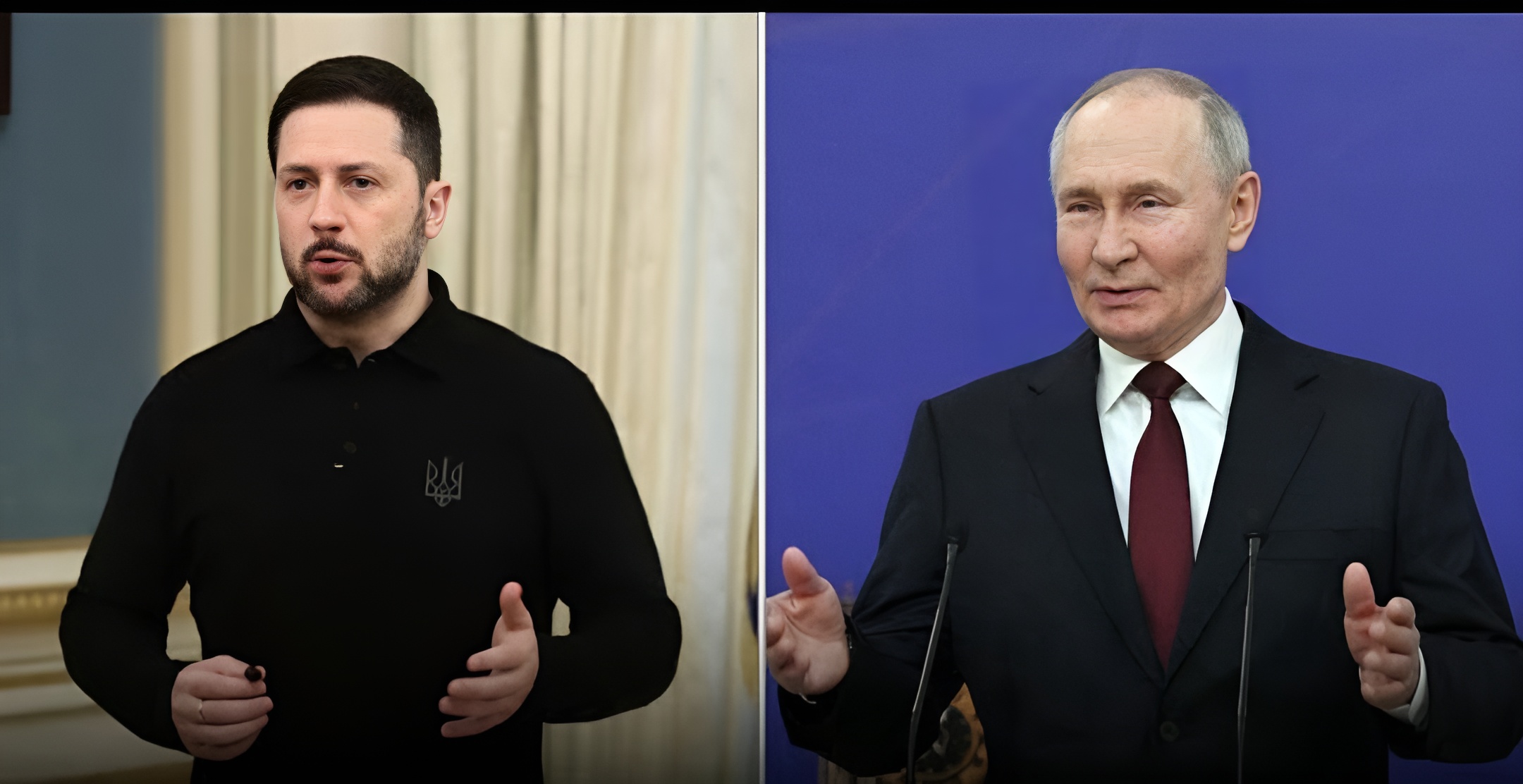–

On Wednesday night, former President Donald Trumphttps://en.wikipedia.org/wiki/Donald_Trump revealed that he had a 90-minute phone call with Russian President Vladimir Putin to discuss the possibility of ending the war in Ukraine. Trump stated that the call focused on initiating peace talks between Russia and Ukraine. After speaking with Putin, Trump also had a follow-up conversation with Ukrainian President Volodymyr Zelensky. According to Trump, both Putin and Zelensky expressed a desire for peace, and he believes there is an opportunity for progress in negotiations. Trump suggested that a meeting could take place in Saudi Arabia or potentially in Russia, emphasizing that Zelensky would likely be involved in any future discussions.
During a press event, Trump was asked if he supported the idea of Ukraine giving up any territory to Russia as part of a peace agreement. In response, Trump acknowledged that Ukraine would have to make difficult decisions in order to reach a peace agreement, emphasizing that his priority is to end the war and prevent further loss of life. He framed the situation as a delicate balance, where Ukraine might need to concede some ground in order to secure peace.
Trump was further asked whether Ukraine should be considered an equal party in the negotiations. He described the question as “interesting” but reiterated that the ultimate goal is to bring an end to the conflict. His answer suggests that while Ukraine’s position is important, the focus of his efforts is on reaching an agreement that can stop the violence and loss of life.
In another development, Defense Secretary Pete Hegseth, who was in Europe for a NATO meeting, made remarks that seemed to shift U.S. policy on the war in Ukraine. Hegseth stated that it is unrealistic for Ukraine to regain all of the territory Russia has seized, particularly in regard to the pre-2014 borders of Ukraine. This remark indicates that the U.S. may now view the restoration of Ukraine’s borders as a less achievable objective. It reflects a potential shift in how Western powers view the outcome of the war and the level of support they are willing to provide for Ukraine’s territorial claims.
In addition to the geopolitical discussions, Trump also addressed a high-profile prisoner exchange. U.S. teacher Mark Fogle, who had been imprisoned in Russia for over three years for carrying a small amount of medically prescribed marijuana, was released and returned to the U.S. Trump welcomed Fogle’s return to the country. In exchange for Fogle’s release, the U.S. agreed to release Russian cybercriminal Alexander Vinnik, who had been in U.S. custody. This prisoner exchange, while controversial, is part of ongoing diplomatic efforts between the U.S. and Russia to secure the release of American citizens detained abroad. Along with Fogle, three other prisoners from Belarus were released, though one of them, an American, remains anonymous for security reasons.
In domestic news, a significant development came from the federal government. A federal judge ruled that Trump’s proposed buyout offer to federal workers could proceed. The offer is aimed at offering voluntary buyouts to approximately two million federal employees. Under this offer, employees could resign and receive pay through September 2025, or they could risk losing their jobs. This proposal is seen as a way to reduce the federal workforce without layoffs, and the ruling allows the plan to continue as originally outlined. The next steps will involve setting a deadline for workers to make their decision about whether to accept the buyout or risk being fired. This ruling marks a key moment in Trump’s administration’s ongoing efforts to restructure the federal workforce.
Together, these events paint a picture of President Trump’s efforts to influence both foreign and domestic policy. On the international stage, Trump is positioning himself as a peace broker in the ongoing conflict between Russia and Ukraine, while on the domestic front, he is pushing forward initiatives to restructure the federal workforce. These moves have implications for both U.S. foreign policy and the future of the federal workforce under his leadership.